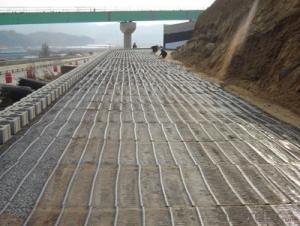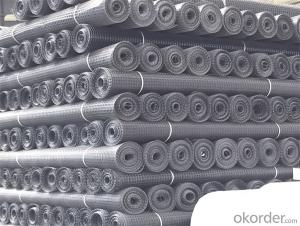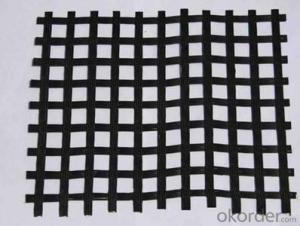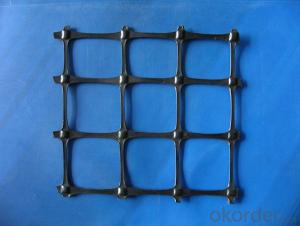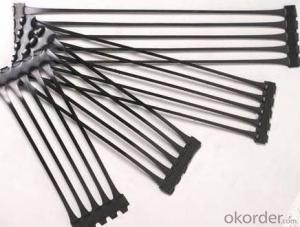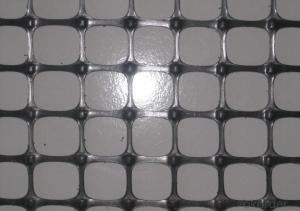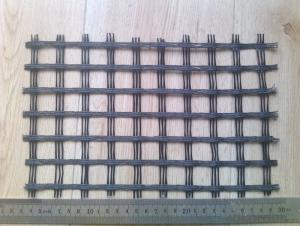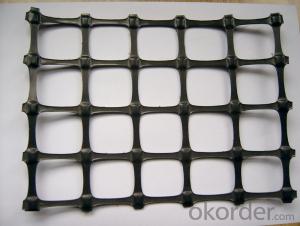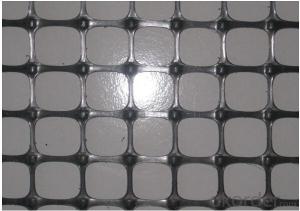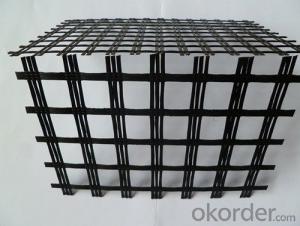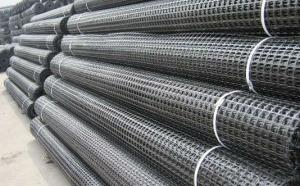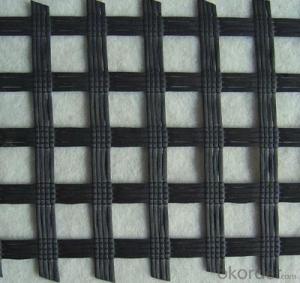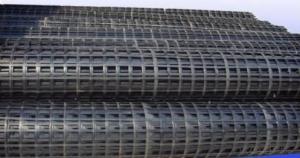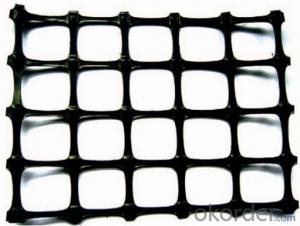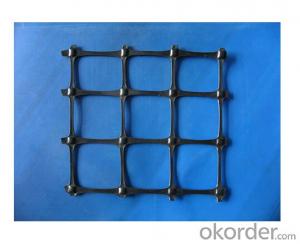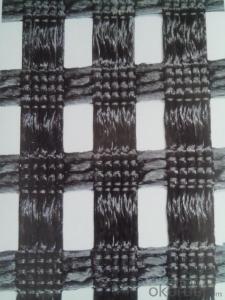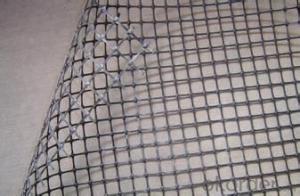Biaxial Integral Geogrid
Biaxial Integral Geogrid Related Searches
Led For Cannabis Growing Fiberglass Panels For Roofing Geogrid For Retaining Wall Geogrid For Erosion Control Geogrid For Road Stabilization Geogrid For Gravel Roads Geogrid For Gravel Driveway Geogrid For Roads Geogrid For Driveway Geogrid For SlopesHot Searches
Geogrid China Geogrid Mesh Price Geogrid Fabric Price Geogrid Roll Price Geogrid Price List Tensar Triax 160 Geogrid Price Tensar Ss40 Geogrid Price Tensar Tx160 Geogrid Price Triax Geogrid Price Geogrid Price Tx160 Geogrid Price Geogrid Fabric Home Depot Tensar Type 2 Geogrid Type 2 Geogrid Home Depot Geogrid Geogrid Home Depot Geogrid Material Suppliers Geogrid Fabric Near Me Geogrid China Geogrid Mesh PriceBiaxial Integral Geogrid Supplier & Manufacturer from China
Okorder.com is a professional Biaxial Integral Geogrid supplier & manufacturer, offers integrated one-stop services including real-time quoting and online cargo tracking. We are funded by CNBM Group, a Fortune 500 enterprise and the largest Biaxial Integral Geogrid firm in China.Hot Products
FAQ
- Yes, geogrids are suitable for use in saline environments. Geogrids are made from durable materials such as polyester or polypropylene, which are resistant to corrosion and degradation caused by saltwater. They are commonly used in coastal areas, seawalls, or other saline environments to provide stability and reinforcement to soil or structures.
- Geogrids improve the performance of geocomposite drains by providing reinforcement and stability to the structure. They enhance the load-bearing capacity and prevent the geocomposite drain from deformation or failure under heavy loads. Geogrids also distribute the load more evenly, reducing stress concentration and increasing the overall durability and longevity of the geocomposite drain system.
- Yes, geogrids are suitable for use in soft soil conditions. Geogrids are engineered materials that provide reinforcement and stabilization to soils. They are specifically designed to improve the strength and stability of weak or soft soils. By distributing the loads and reducing soil movement, geogrids can effectively enhance the performance of the soil, making them a suitable solution for soft soil conditions.
- Yes, geogrids can be used in green roof systems. Geogrids provide reinforcement and stability to the soil and vegetation layers of a green roof, preventing soil erosion and enhancing the structural integrity of the system. They can help distribute the weight of the green roof evenly, reduce the risk of subsidence, and improve overall performance and longevity.
- Construction method of glass fiber grid
- 1, nail fixation method of glass fiber geogrid, the first end is fixed on the lower structure has been spreading viscous layer of asphalt with fixed iron and nail, nail available hammer or a nail gun into the grille of longitudinal tensioned and sectional fixing each segment length of 2-5 meters, the cement concrete pavement. According to the shrinkage joint spacing section. The position of the steel nail is located at the joint. When the grid is tensioned, the vertical and horizontal direction of the steel bar is in a straight and tight state.2, the grid lap distance: longitudinal joint lap distance of not less than 20 cm, the transverse overlap distance of not less than 15 cm, longitudinal lap should be according to the asphalt paving direction, will be on the top of the previous one.
- There are several factors that can affect the installation of geogrids, including soil type, slope gradient, climate conditions, and the intended application. The soil type influences the required geogrid strength and interaction, as different soils have varying load-bearing capacities. The slope gradient determines the stability requirements and may require additional reinforcement methods. Climate conditions such as temperature, moisture, and freeze-thaw cycles can impact the geogrid's performance and durability. Lastly, considering the intended application, factors like traffic loads, drainage requirements, and environmental considerations play a crucial role in determining the appropriate installation techniques for geogrids.
- Do you need a geogrid to fill the stone roadbed?
- Please figure forAre generally required to do
- Some common standards and specifications for geogrids include the ASTM D6637 standard for uniaxial geogrids, the ASTM D6917 standard for biaxial geogrids, and the ISO 10318 standard for geosynthetics. These standards outline requirements for geogrid properties such as tensile strength, elongation, aperture size, and durability, ensuring quality and consistency in geogrid products.









